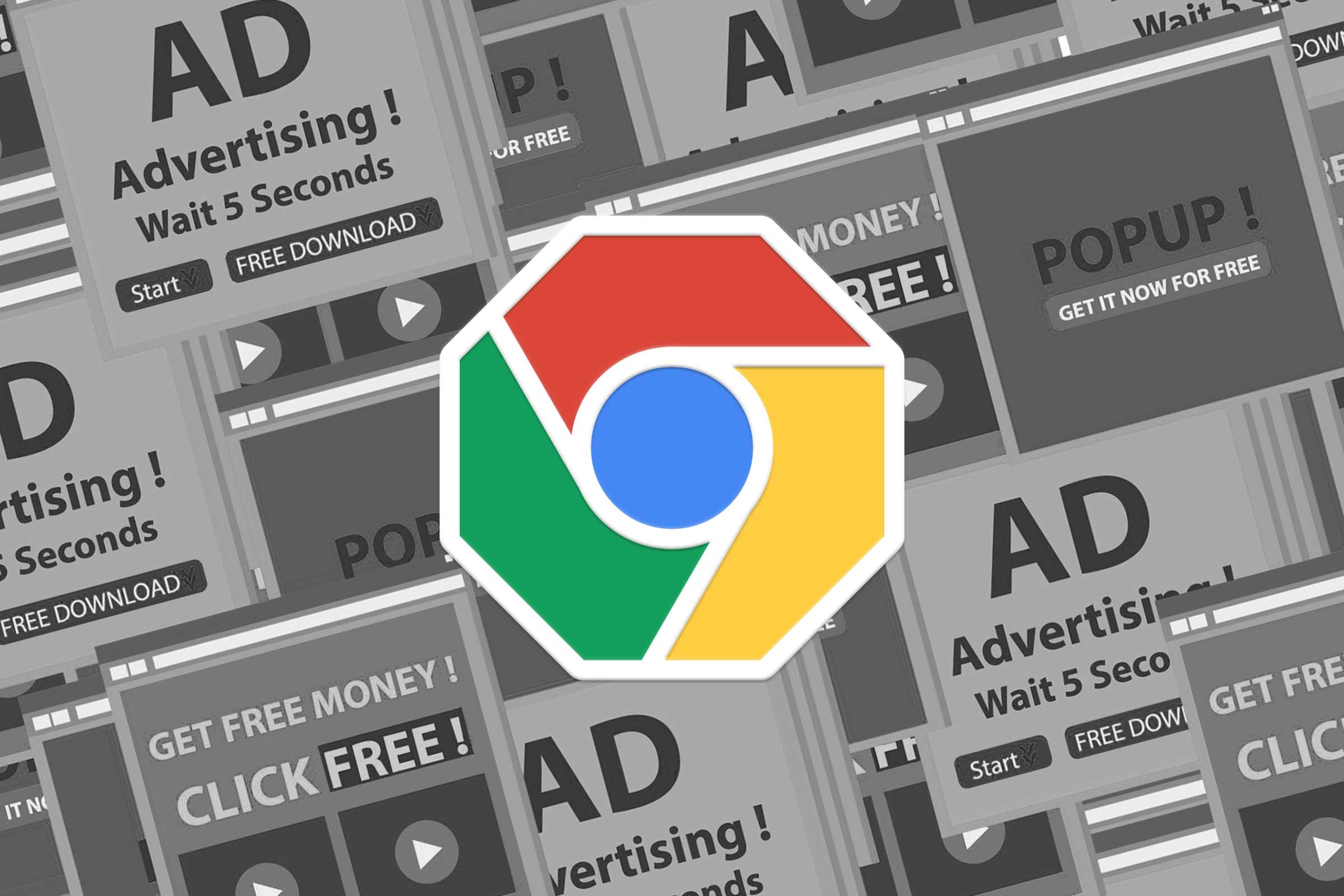
Starting February 15, Google Chrome is planning to stop showing ads (even its own) on websites not compliant with the Better Ads Standards. Building an ad blocker into the most-used browser out there might alarm some advertisers. But, in terms of user experience, we’re seeing plenty of silver lining from the gold standard set by the Coalition for Better Ads.
The ad blocker, which Google calls a “filter,” won’t keep all ads from appearing on websites in Chrome. Instead, it will focus on blocking those the tool considers detrimental to user experience.
Google’s new no-nos for desktop and mobile:
Pop-up ads
Auto-playing video ads with sound
Prestitial ads with countdown (ads that make users wait a number of seconds before allowing dismissal)
Large sticky ads (static ads that “stick” to the bottom of a page and cover content no matter how far a user scrolls)
Ad density higher than 30 percent (ads that use more than 30 percent of the main content’s display area)
Flashing animated ads
Postitial ads with countdown (ads that appear when a user follows a link and makes users wait a number of seconds before allowing dismissal or redirecting to another page)
Full-screen scroll-over ads
Google is also nudging publishers toward a tool called Funding Choices. Visitors to these sites with enabled ad blockers would be prompted to either disable their ad blockers or pay to remove all advertisements.
We will jump through Google’s latest hoops, because aiming to be unobtrusive, relevant and honest in all campaigns is a good thing.
Reactions are mixed. Many see a threat to the significant revenue brought in by online advertising. Others see the move as a welcome solution to the ads that annoy visitors and drive up use of ad blockers.
At Doe-Anderson, we’re viewing the changes as an opportunity to create better ads and better overall user experience.
And good business. Recent studies into digital advertising confirm truths most of us have probably suspected.
Online ads are more common and intrusive than in recent years.
Users have a strong dislike for pop-ups and mobile ads.
34% of users click on ads by mistake.
83% percent of users would block all ads on their mobile devices if they could.
Search ads are the most valued, followed by social media ads, video ads, and finally, display ads.
The best strategy is to create quality ads that won’t be targeted for blocking – and, not just for satisfying Google’s rule book. Currently, we’re working diligently to test and create the most appealing ads, because it’s clear that the brands we serve can only benefit from happier users.
References
https://research.hubspot.com/why-people-block-ads-and-what-it-means-for-marketers-and-advertisers
)
)